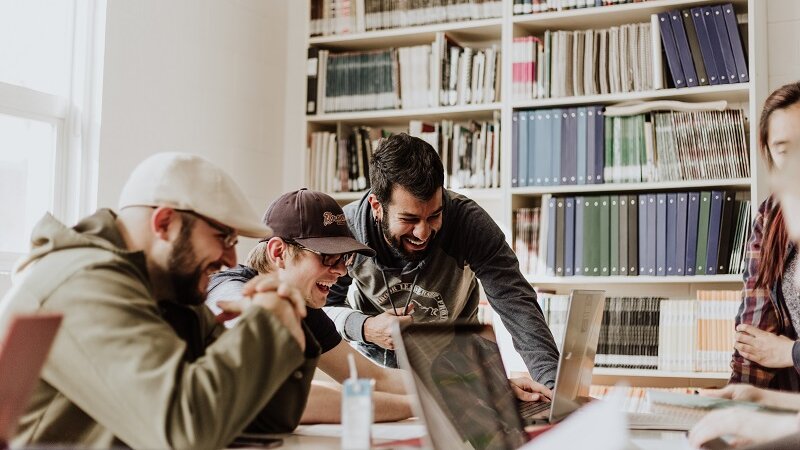Learning Styles: The Kinesthetic Learner
Episode #5 of the course The theory of education: Effective learning and teaching by K.C. Finn
Lesson five brings us the opportunity to learn about the third style profile of action-based, hands-on learners, and why this style may suit you as a learner, or your students when you decide to teach. We’ll be exploring methods to seek kinesthetic learning opportunities, and how to deliver them to others, especially those for whom language skills can be made more difficult owing to conditions which affect learning.
Why Are Kinesthetic Learners So Unique?
Traditional teaching methods regularly utilize both auditory and visual learning techniques. Still, they often don’t take into account those very physical people who have a lot of energy to expend and find it hard to keep a lid on it in the classroom. Sometimes labeled as disruptive students, these high-energy people are more likely to succeed in sports and activity-based classes where both mind and body can be engaged at the same time. We call these learners kinesthetic, because the physical movement is required to help them retain information, and it can be planned for and incorporated into both learning and teaching with a few convenient techniques.
The Role of the Teacher
One of the biggest dangers in teaching is the idea that people who are moving around are ‘fidgeting’ or ‘not listening’ because their bodies are engaged. For the kinesthetic learner, this can spell disaster, like a restriction to their energy usage can shut them down totally. As a teacher, it’s important to be aware of this and leave access for movement and interactivity. As we get older, we know that improvements to circulation and exercise keep us alert and engaged in tasks, so why not start those principles in the classroom and make learning come alive as a physical activity that everyone can benefit from?
Examples of kinesthetic teaching techniques:
• Allow high-energy learners to assist you in demonstrations or copy your movements to show others.
• Introduce standing sessions and chair-swapping to encourage circulation and energy use during class.
• Change activities often, and allow learners to make their notes in any format that suits them.
• Use a pass-the-ball technique during the question and answer to add physical movement to memory games and discussions.
The Role of the Learner
While kinesthetic learners can find their path to learning physically in their free time, keeping still in the classroom will always be a big concern. It’s important to find small ways to keep the body engaged and awake when you have to sit still and be quiet. An effective technique for this is the principle of tensing and resting the body.
The tense and rest method is an excellent way of engaging your body when you don’t have a lot of space to move, and it’s something that you may have come across in meditation when trying to connect your mind and body as one. For this technique, all you have to do is choose a set of muscles to work with, and clench or tense them for a period of five or ten seconds, then let them release. This simple technique increases circulation and expends some of that extra energy, which will allow your brain to oxygenate and keep you on track with concentration.
Things to try as a kinesthetic learner:
• “Studying doesn’t have to mean sitting down in a quiet place. I can move, exercise, and play games or sports while I think about my notes.”
• “In situations where I can’t move around much, it’s important to utilize small movements like stacking objects, organizing my desk, or toying with a fidget cube or rubber band.”
• “If someone tells me I’m fidgeting or not listening, it’s probably because they don’t understand my learning style. I don’t need to feel bad about it, but kindly explain it to them when I have a chance.”
• “Associating different gestures or actions with key terms can help me remember them better.”
This lesson completes the style profile section of the course, giving you a fully comprehensive list of methods for studying and delivering content in a way that all types of learners can engage with. The second half of the course dives deeper into the philosophy behind learning, as well as its psychology and motivations. To begin with, we explore the positive and negative stimuli on learning, such as rewards and punishments, and whether that works as a motivation to learn. It’s called the Philosophy of Behaviorism, and it’s coming up next.
Until then, keep it moving!
K.C.
Recommended reading
Whether you have discovered one core learning style for yourself, or that you need a combination of several to succeed, there are some great tips over at Thought Co about how to adapt your study materials and habits to your chosen style.
Share with friends

